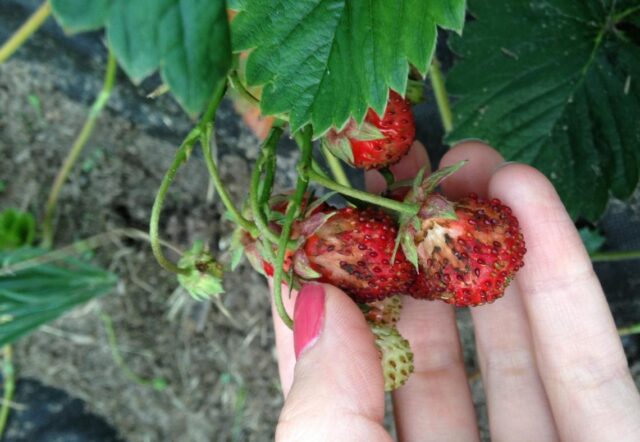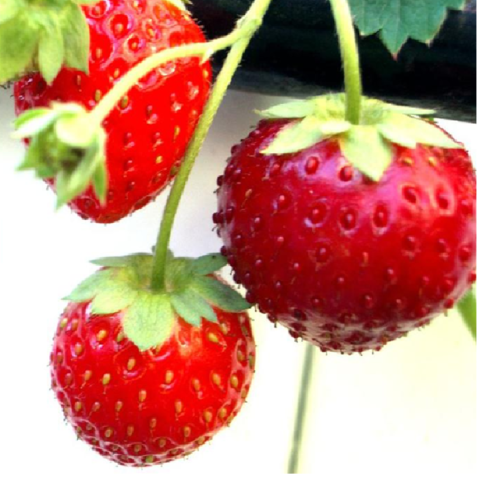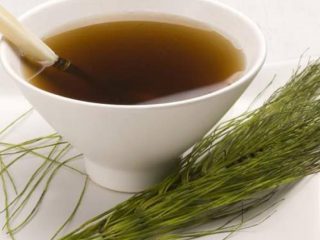Content
Strawberries rot for various reasons, most often due to improper care. If the bushes are planted too densely and watered excessively, the fruits may suffer from gray, black or white rot. Diseases are infectious and spread very quickly. Therefore, at the first signs, you need to treat with drugs or folk remedies.
Why do strawberries rot on the bush?
Strawberries begin to rot for various reasons. They can be combined into three groups:
- Improper care (excessive watering, infrequent loosening of the soil, irregular fertilizing, too dense planting).
- Diseases (for example, white, gray, black rot).
- Weather factors - heavy rains, cloudy summers combined with intense heat (increased soil and air humidity).
These factors are interrelated.For example, excessive watering combined with a lack of loosening of the soil leads not only to the berries, but also to the roots, which can lead to the death of the bush.
Strawberries especially often rot after rains. Therefore, watering must be regulated so that the soil has time to dry out. The top layer should remain barely damp.
Why do strawberries rot when ripe?
If the berry rots on the bush during ripening, this may be due to the following common reasons:
- excessive watering;
- exposure to insects and birds (they gnaw holes through which infection easily penetrates);
- lack of dry mulch;
- infrequent and improper loosening.
Why do still green strawberries rot?
Sometimes strawberries rot on the bush before they have time to ripen. This indicates severe waterlogging and the spread of fungal diseases. The green berries are not yet in contact with the ground, but at the same time the bushes are already affected by spores. Provoking factors are:
- excessive watering;
- lack of ventilation in the greenhouse;
- too tight fit;
- lack of dry mulch;
- weed pollution.

Most often, the crop suffers due to irrational watering and too dense planting.
Types of rot
If the strawberries begin to rot, this clearly indicates that the plant has been damaged by a pest. The disease can be of different types. There are white, gray and black rot.
White rot
If the berries, as well as shoots and leaves are covered with white fluff, it is necessary to carefully inspect the seedlings. This is one of the signs of white rot. If you dig up a bush, you will find clear mucus on its roots. This is a fungal pathology that quickly spreads among plants.The disease occurs against the background of excess moisture.
If remontant or other varieties of strawberries rot, the first thing to do is stop watering. You should also treat with folk remedies or special preparations (fungicides).
Gray rot
Gray mold is another fungal disease that affects all strawberries. However, the pathology behaves especially aggressively on berries. They become covered with a characteristic gray coating, which is the main sign of infection. In this raid, spores multiply, after which they are transferred along with the air to neighboring bushes. Infection occurs especially quickly if the planting is too dense.
Black rot
The main symptom of black rot is light mold that covers the fruit. At the same time, they lose their normal taste and aroma, becoming watery. Over time, the mold on the surface darkens and becomes almost black, which is where the disease gets its name. This fungal infection can also spread from one plant to another. When the first signs appear, you need to carry out a total treatment of all the bushes in the garden.
Brown spotting occurs on strawberries. But this is a disease caused by bacteria, not fungi.
What to do if strawberries rot on a bush in the garden
Rot on strawberries can and should be treated. For this purpose, chemical, biological preparations and folk remedies are used. The algorithm of actions is as follows:
- Carefully inspect the bushes and remove all damaged berries, shoots and leaves.
- If the bush is significantly damaged, it needs to be dug up and taken away.
- Replace the mulch layer.
- Stop watering completely for at least a week.
- Treat with medications or folk remedies.

If the bush is significantly damaged, it is better to dig it up and destroy it.
Treatment with drugs
First of all, you need to spray the strawberries against rot with chemicals:
- "Bordeaux mixture";
- "Topaz";
- "Maksim";
- "Quadris";
- "Abiga Peak".
During fruiting, it is better to treat strawberries against rot using biological rather than chemical means:
- "Fitosporin";
- "Gamair";
- "Trichodermin";
- "Alirin B."
The products are used exactly according to the instructions. They are diluted in water and treated 1-2 times per season. Some drugs are toxic to humans and/or bees and domestic animals. Therefore, spraying is carried out in protective clothing, masks and gloves.
Traditional methods of combating rot on berries
You can also get rid of rot on strawberries using folk remedies. The most effective are considered:
- Pharmacy iodine (alcohol solution) of low concentration: you will need to dilute only 10 drops in 10 liters of water. Spraying strawberries against rot is carried out for prevention, and during illness - weekly until complete recovery.
- Mustard powder. You need to take two heaped tablespoons (50 g) per 5 liters of hot (but not boiling) water and leave for two days. After this, strain through cheesecloth and bring the volume to standard (10 l). Treatment is carried out during illness and in April for prevention.
- Chop 3-4 large cloves of garlic with a knife or in a blender, add a small amount of water and leave at room temperature for seven days.Then strain and bring the volume to 10 liters. Dissolve 50 g of laundry soap shavings or 30–40 ml of liquid soap.
- Also, garlic infusion can be combined with mustard powder (100 g), soda ash (50 g) and tar soap shavings (20 g). All quantities are given for a standard 10 liter bucket. The mixture is infused for several days, filtered and started spraying the bushes.
- You can also treat strawberries from rot with a relatively weak solution of potassium permanganate (it should be a rich pink color).

Folk remedies allow you to cope with the disease at an early stage
How to protect strawberries from rot
Saving strawberries from rot is always more difficult than preventing this phenomenon. Therefore, it is better to take preventive measures in advance, which boil down to proper care of bushes and fruits:
- Choose high places for planting. If the place is in a low place, it must be raised by making an additional embankment. Bushes can also be grown in boxes. If groundwater comes close to the surface, a drainage layer should be laid at a depth of 10–15 cm (pebbles, expanded clay, broken bricks and other small stones).
- Even in a greenhouse, planting should not be done too densely - at least 25 cm should be left between seedlings. Plants that are too close together leads to the rapid spread of rot. Dense planting prevents the soil from drying out and impairs the exchange of air and moisture.
- If there are a lot of rotten strawberries, the first thing to do is stop watering completely. This is especially important if the summer was rainy and hot at the same time.
- The plant needs regular fertilizing up to 4-5 times per season, starting from April and ending in August.
- After each watering or heavy rain, the soil needs to be loosened.During the procedure, only the surface layer is affected so as not to harm the root system.
It is very important every spring (in April) to treat all bushes with effective folk remedies or preparations:
- Bordeaux mixture;
- "Horus";
- "Integral";
- infusion of ash (200 g per 10 l);
- infusion of powdered mustard (4 tablespoons per 10 l).
What to put to prevent strawberries from rotting on the ground
If strawberries become moldy and rot, this may be due to the fact that the fruits gradually sink to the ground under their own weight, and the bush cannot support them. To avoid this, you can take the following measures:
- Lay a layer of dry mulch - this can be straw or wood shavings. Natural material not only protects berries, but also maintains soil moisture, prevents the growth of weeds and even protects plantings from insect pests.
- You can also use film as mulch, not polyethylene, but special garden film (sold in country stores). However, it will make it more difficult to water the plants, and in rainy summers moisture will still accumulate.
- You can also put thick cardboard, wooden blocks, slate and other materials. The material is periodically turned over - otherwise slugs may appear.
- If necessary, tie up the bushes so that they do not sink to the surface.
- Install purchased or homemade stands (for example, from wire or a plastic bottle).

Plastic stand for strawberry bush
The lining itself, although it helps, does not guarantee protection against rot. Therefore, it is best to combine both methods - lay mulch and tie up the bushes. Then the fruits will not come into contact with wet or dry mulch at all.
Strawberry varieties resistant to rot
To avoid rotten berries on strawberries, it is recommended to choose varieties that are resistant to this phenomenon. These include:
- Zenith;
- Rumba;
- Desnyanka;
- Ruby pendant;
- Muto;
- Tenira;
- Pocahontas;
- Kokinskaya early.
Conclusion
Strawberries rot mainly due to excessive watering and due to objective factors (hot and rainy summers). But it is possible to cope with this problem. Treatment with drugs shows the greatest effectiveness. In the early stages, the use of folk remedies is allowed. At the same time, for prevention, you need to follow the watering norm, lay out dry mulch and do not plant strawberries too densely.
















